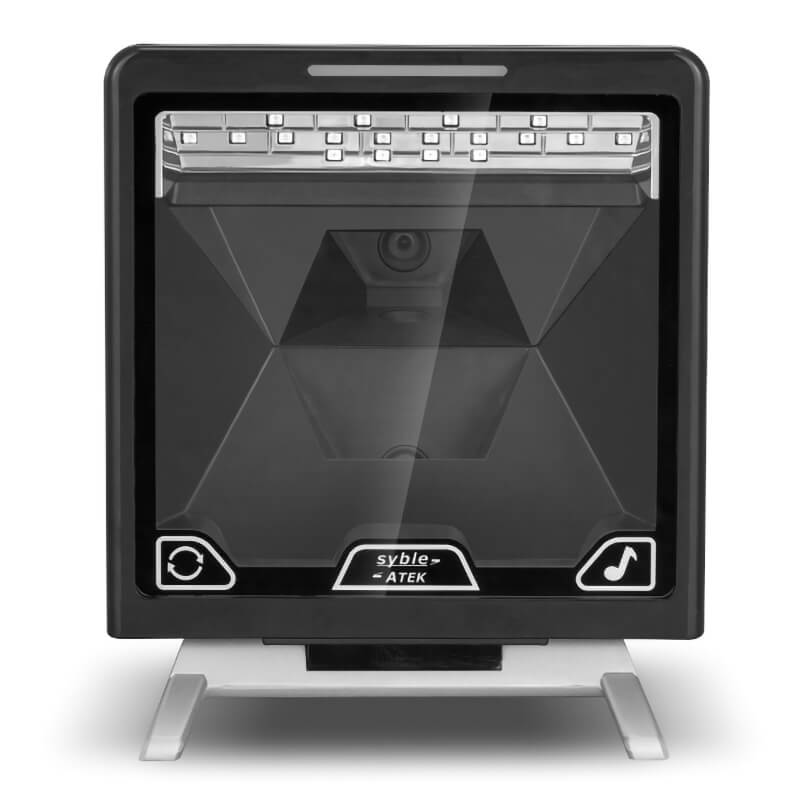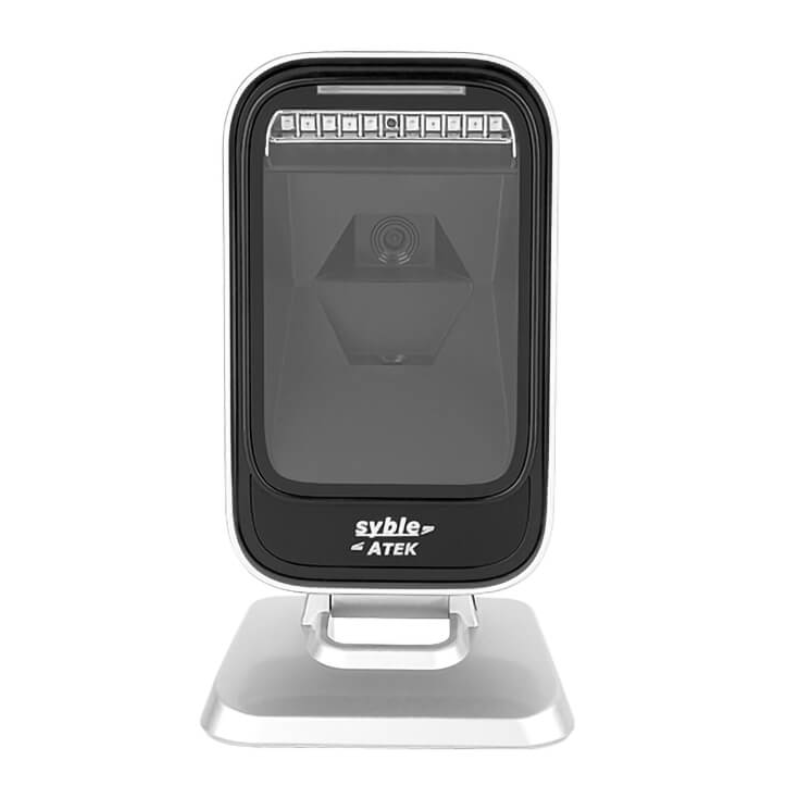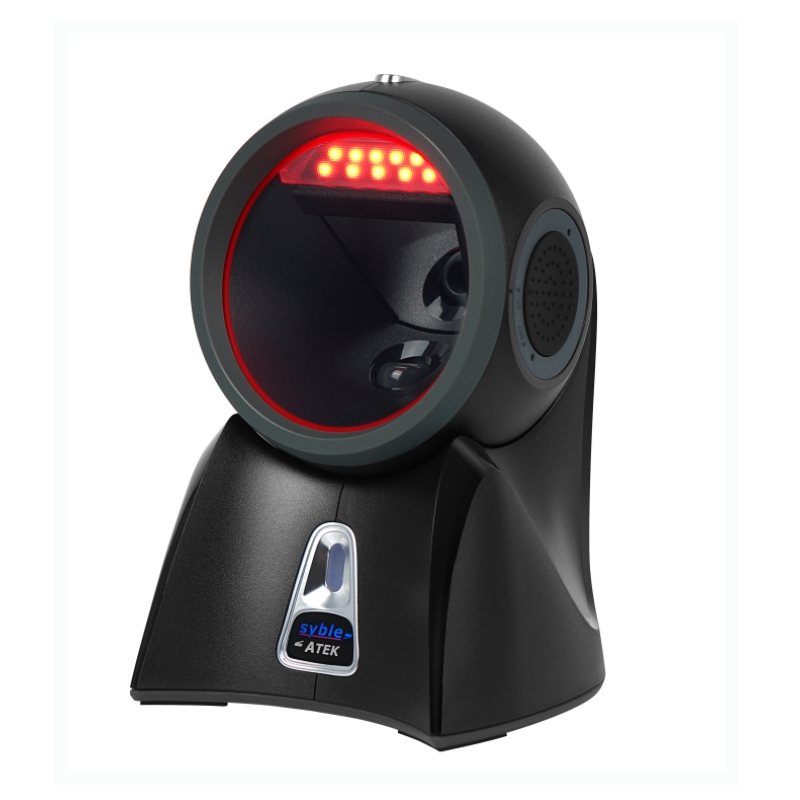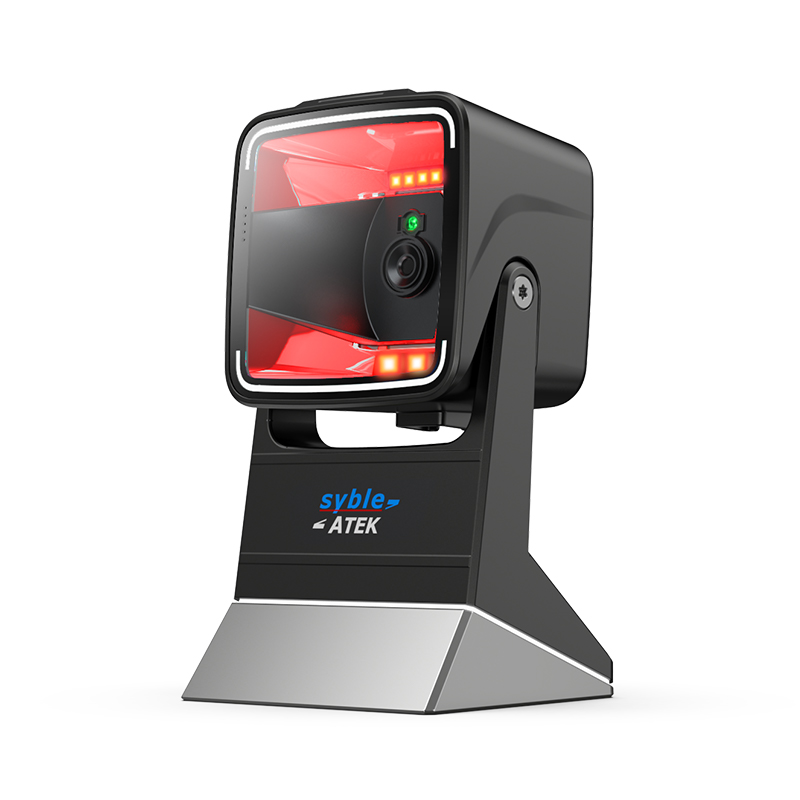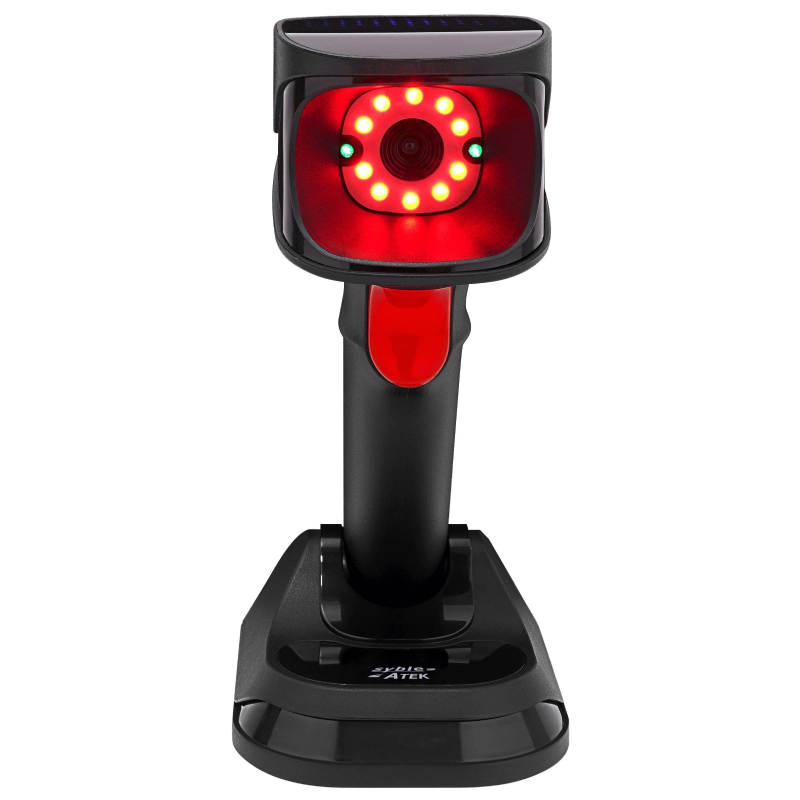1. Enhanced Inventory Accuracy
Real-Time Data Capture: Barcode scanners capture accurate and up-to-date information about inventory items as they are received, stored, picked, and shipped. This real-time data entry reduces the likelihood of human error compared to manual data entry.
Automated Inventory Updates: When goods are received or dispatched, scanning barcodes automatically updates the warehouse management system (WMS). This ensures that inventory levels are always accurate, reducing the risk of stockouts or overstock situations.
Improved Inventory Tracking: Scanners allow for precise tracking of inventory movements within the warehouse. This helps in identifying and resolving discrepancies quickly, ensuring that inventory records match physical stock.
2. Efficient Receiving and Put-Away Processes
Fast and Accurate Receiving: When goods arrive at the warehouse, barcode scanning allows for quick verification of items against purchase orders. This speeds up the receiving process and ensures that only correct items are accepted into inventory.
Optimized Put-Away: Scanners can read barcodes on incoming goods and shelves, guiding warehouse staff to the optimal storage locations. This not only speeds up the put-away process but also optimizes warehouse space utilization by placing items in the most suitable locations.
3. Streamlined Picking and Packing
Accurate Order Picking: During order fulfillment, barcode scanners ensure that warehouse staff pick the correct items. Scanners can verify the item and quantity against the order, reducing the risk of picking errors and improving customer satisfaction.
Efficient Packing: Scanners can also be used to verify that the correct items are being packed into shipping boxes. This helps in reducing packing errors and ensures that customers receive the exact items they ordered.
4. Improved Inventory Management
Cycle Counting: Barcode scanning facilitates regular cycle counting, allowing warehouse managers to periodically verify inventory accuracy without shutting down operations. This helps in maintaining high inventory accuracy and identifying any discrepancies early.
Inventory Audits: Scanners make inventory audits faster and more accurate. Instead of manually counting and recording inventory, staff can quickly scan items to reconcile physical stock with system records.
5. Enhanced Warehouse Organization
Location Management: By scanning barcodes on shelves and bins, warehouse staff can quickly locate items within the warehouse. This reduces the time spent searching for items and improves overall warehouse organization.
Slotting Optimization: Scanners can provide data on item movement and storage patterns, helping warehouse managers optimize slotting strategies. This ensures that high-turnover items are placed in easily accessible locations, improving overall warehouse efficiency.
6. Reduced Labor Costs
Increased Productivity: Barcode scanning automates many tasks that would otherwise require manual effort, such as data entry and inventory tracking. This allows warehouse staff to focus on more value-added activities, improving overall productivity.
Lower Error Rates: The accuracy provided by barcode scanning reduces the need for rework and corrections, which are often time-consuming and costly. This leads to significant savings in labor costs over time.
7. Enhanced Data Analytics
Detailed Activity Logs: Scanners generate detailed logs of all inventory-related activities, including receiving, put-away, picking, and shipping. This data can be analyzed to identify trends, optimize processes, and make informed decisions.
Performance Metrics: Barcode scanning systems can provide key performance indicators (KPIs) such as order accuracy rates, inventory turnover rates, and labor productivity. These metrics help warehouse managers monitor performance and identify areas for improvement.
8. Improved Customer Service
Faster Order Processing: By speeding up the picking and packing processes, barcode scanning helps in faster order fulfillment. This leads to quicker delivery times and improved customer satisfaction.
Accurate Order Fulfillment: The accuracy provided by barcode scanning ensures that customers receive the correct items, reducing the likelihood of returns and complaints.
9. Enhanced Security and Loss Prevention
Access Control: Barcode scanning can be used to track who accesses certain areas of the warehouse or handles specific items. This helps in maintaining security and preventing unauthorized access or theft.
Audit Trails: Detailed logs generated by barcode scanning provide an audit trail of all inventory activities, making it easier to investigate any discrepancies or losses.
10. Integration with Warehouse Management Systems (WMS)
Seamless Data Flow: Barcode scanners integrate seamlessly with WMS, ensuring that inventory data is automatically updated in real-time. This integration provides a unified view of warehouse operations, enabling better decision-making and process optimization.
Advanced Features: Modern WMS often come with advanced features such as predictive analytics, which can be enhanced by the accurate data provided by barcode scanning. This helps in forecasting inventory needs, optimizing labor schedules, and improving overall warehouse performance.
In summary, barcode scanning is a powerful tool that transforms warehouse management by providing real-time data capture, improving accuracy, enhancing efficiency, and supporting better decision-making. It is a critical component of modern, efficient warehouse operations.


